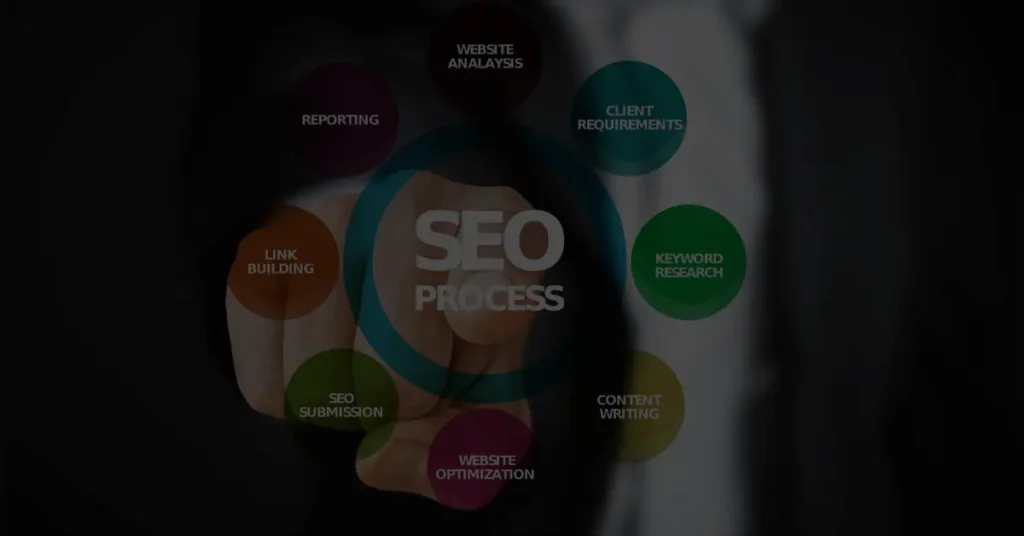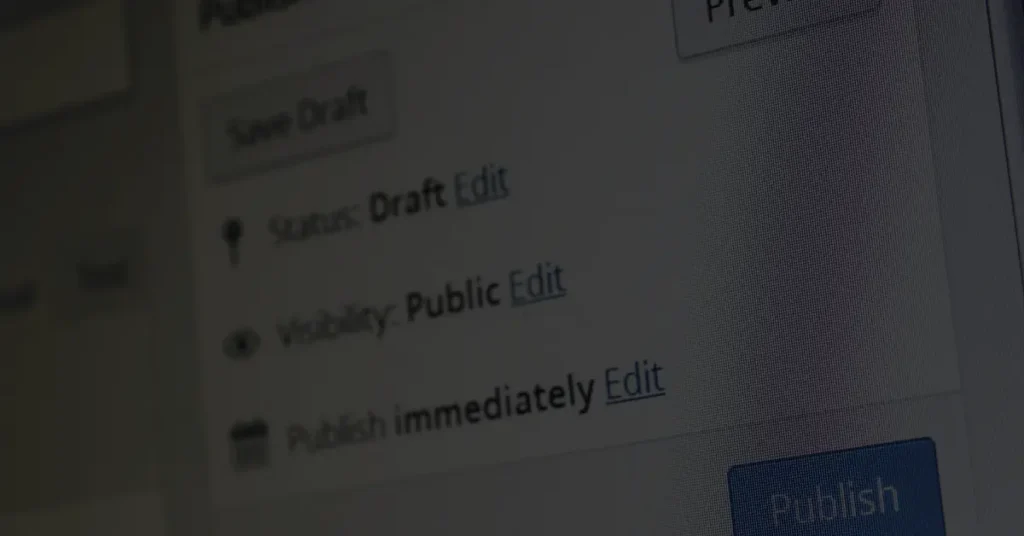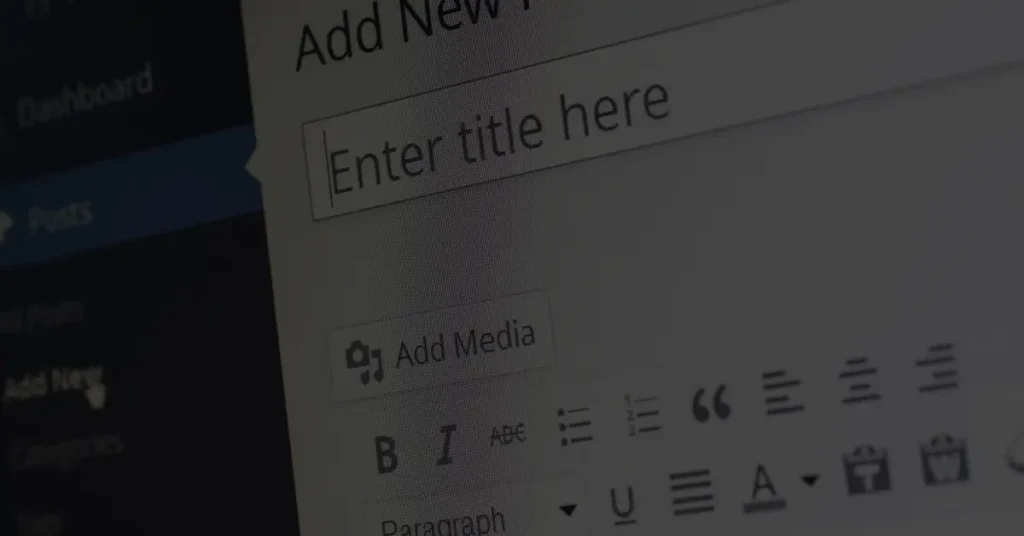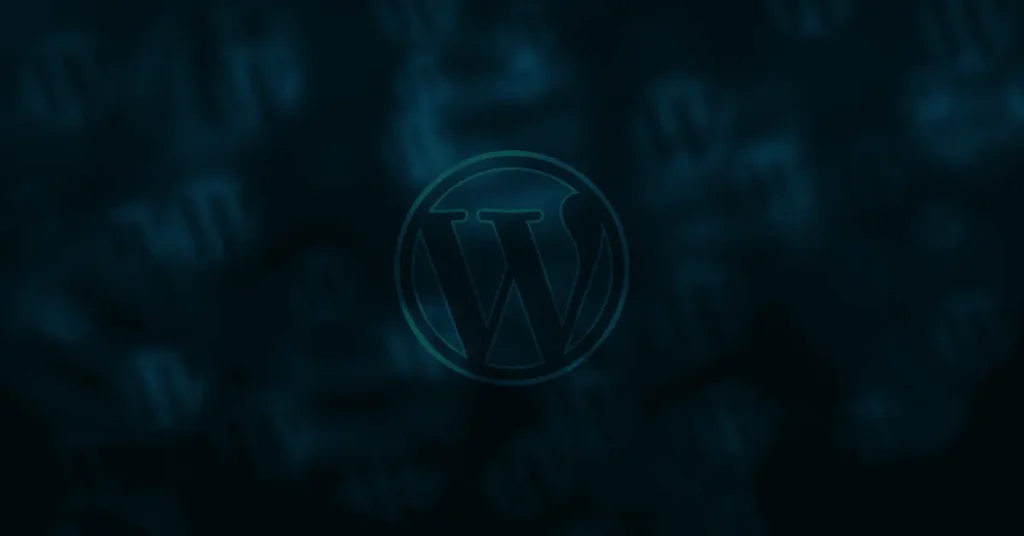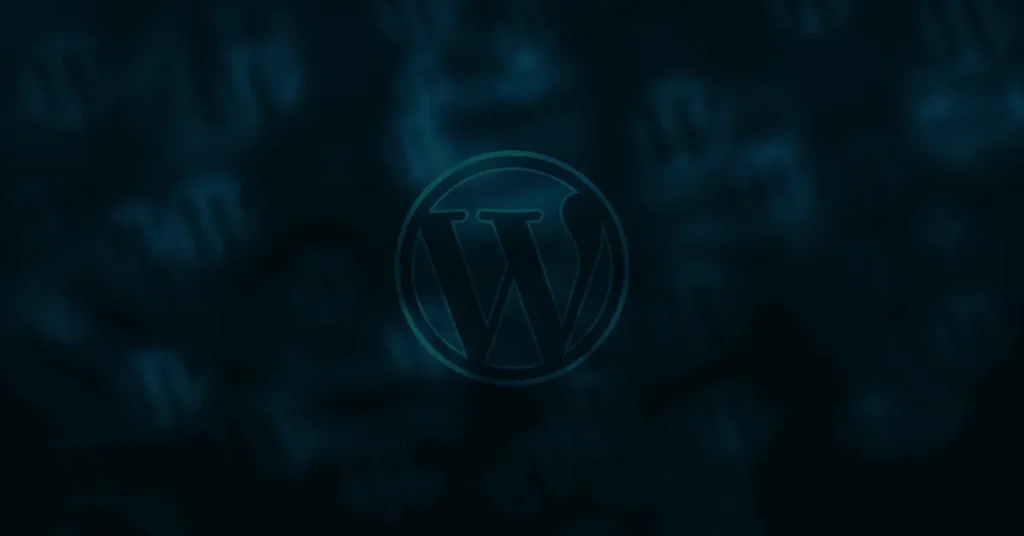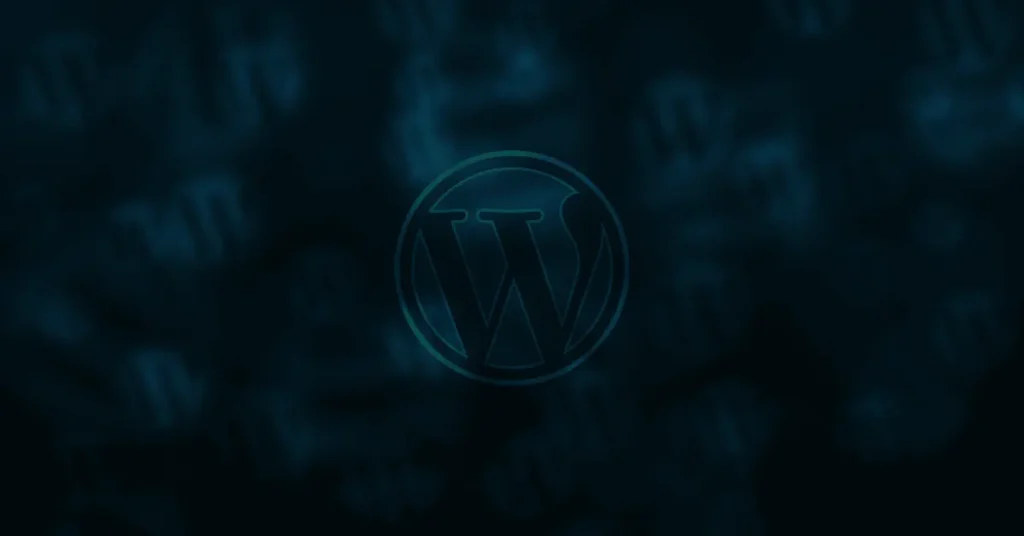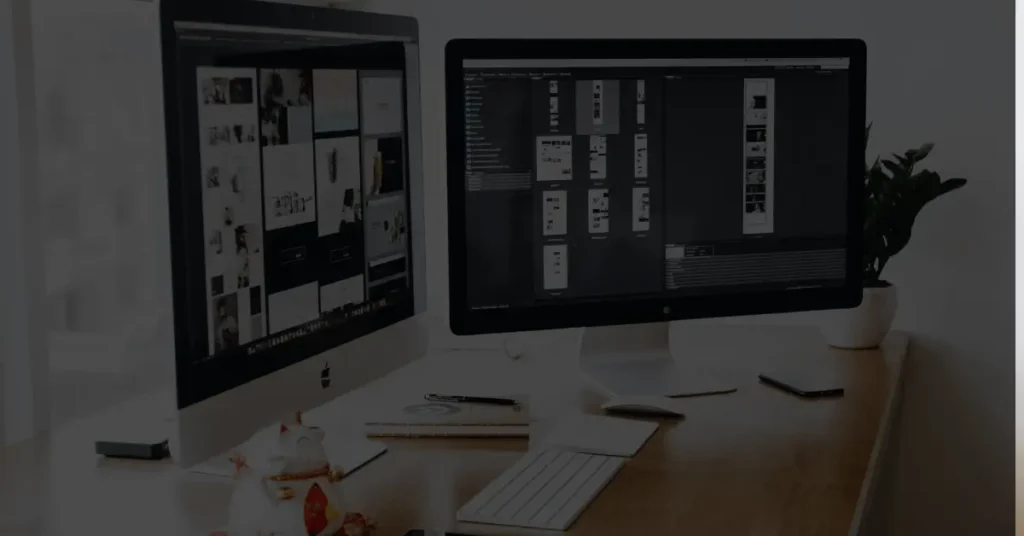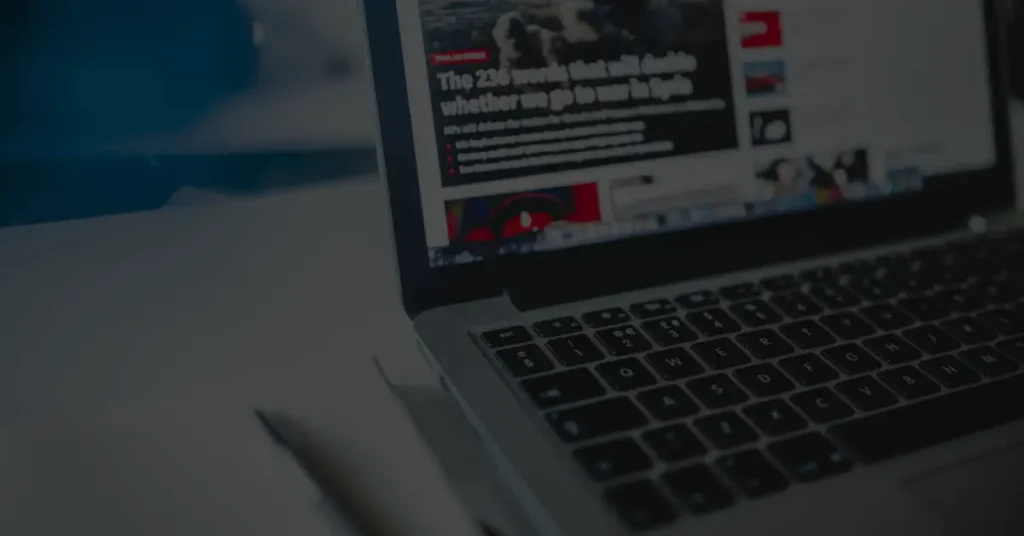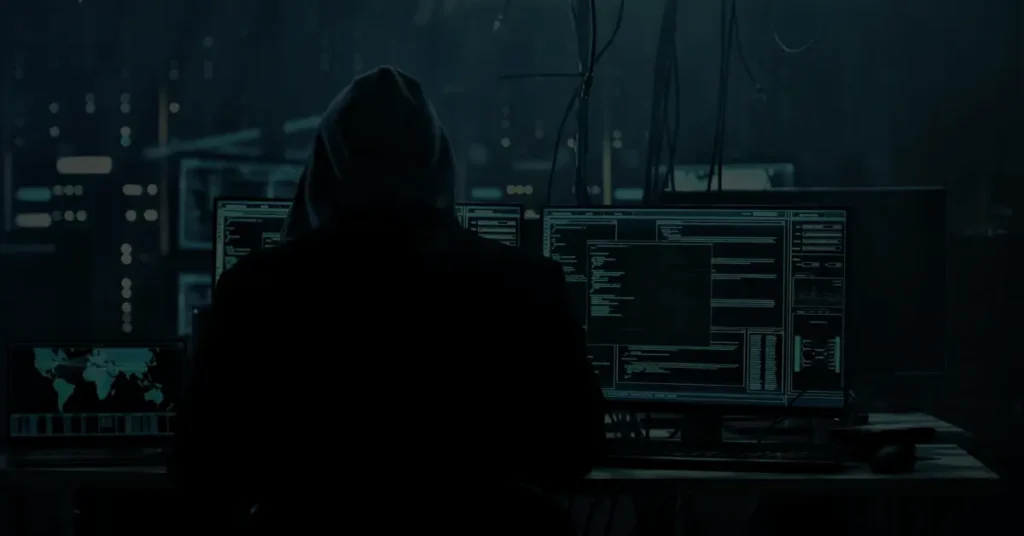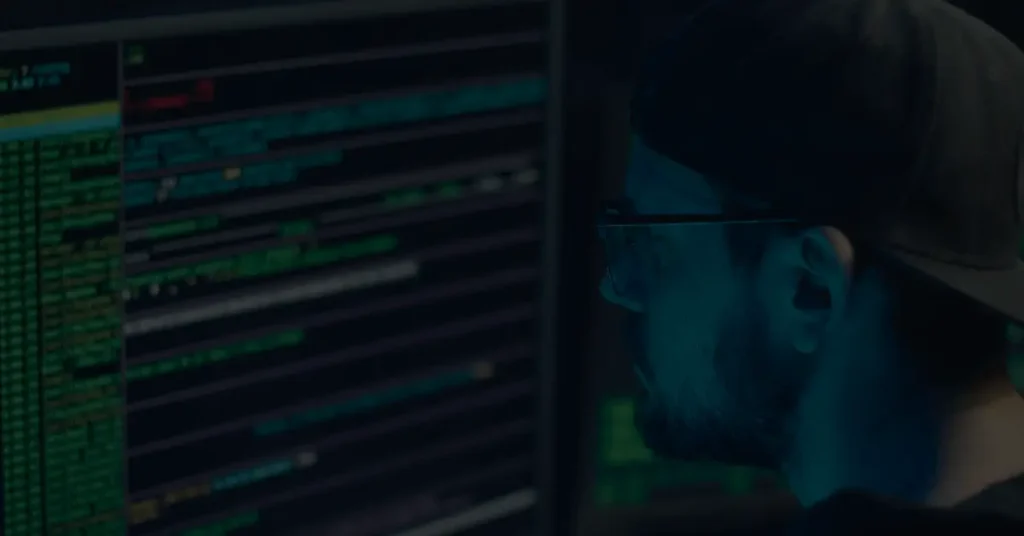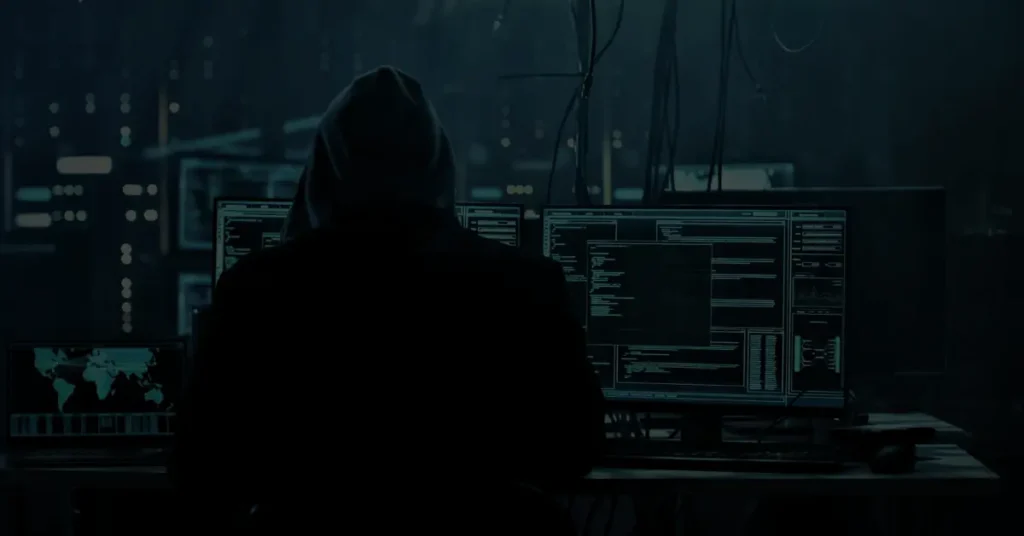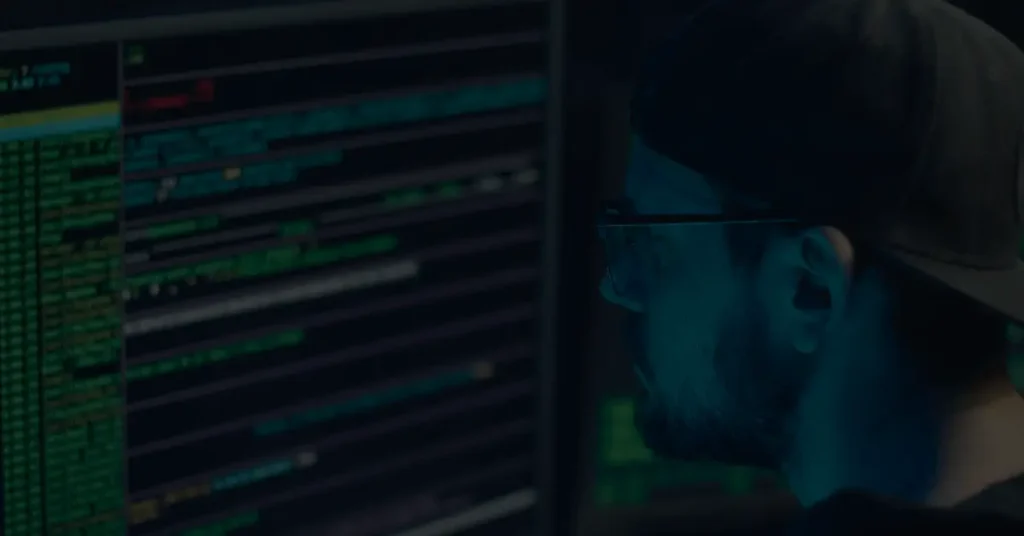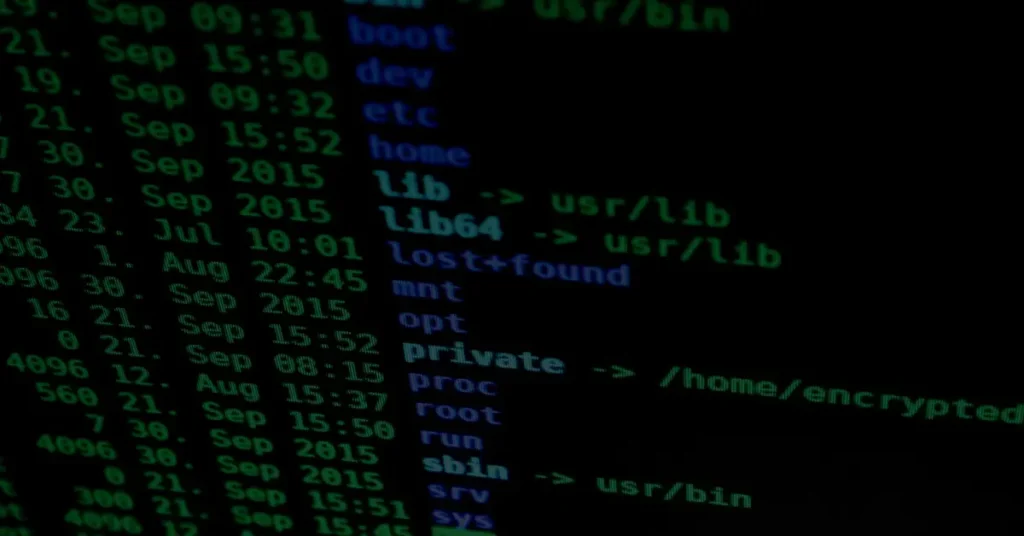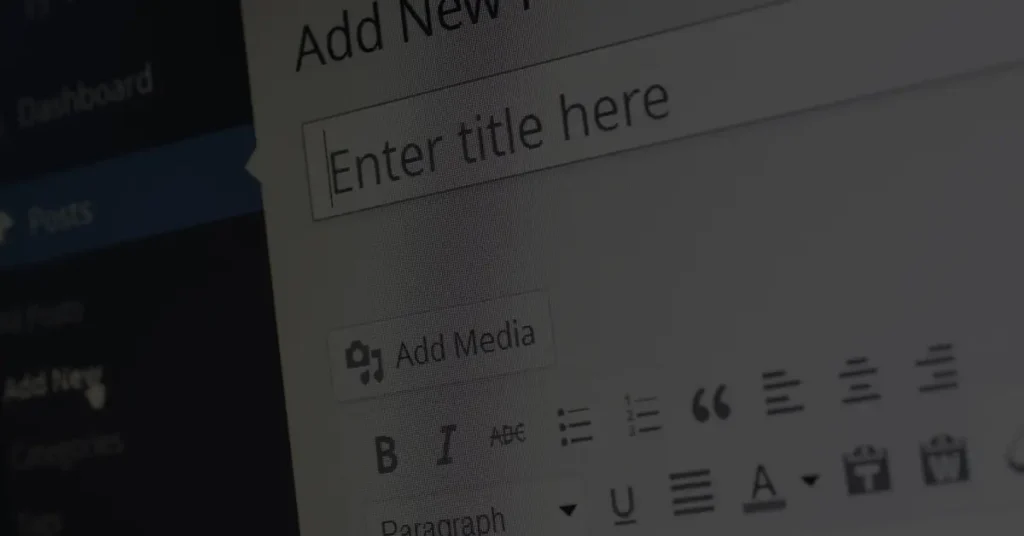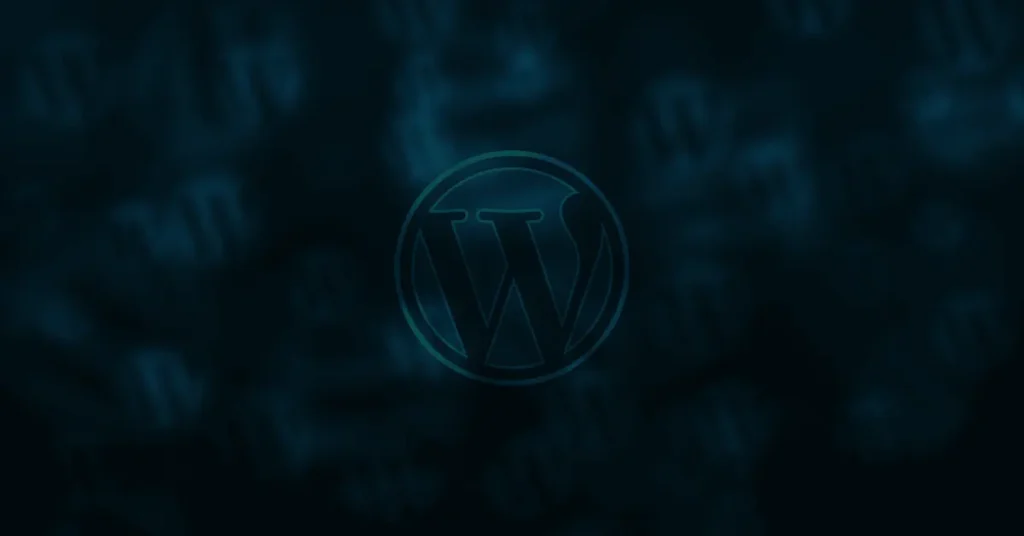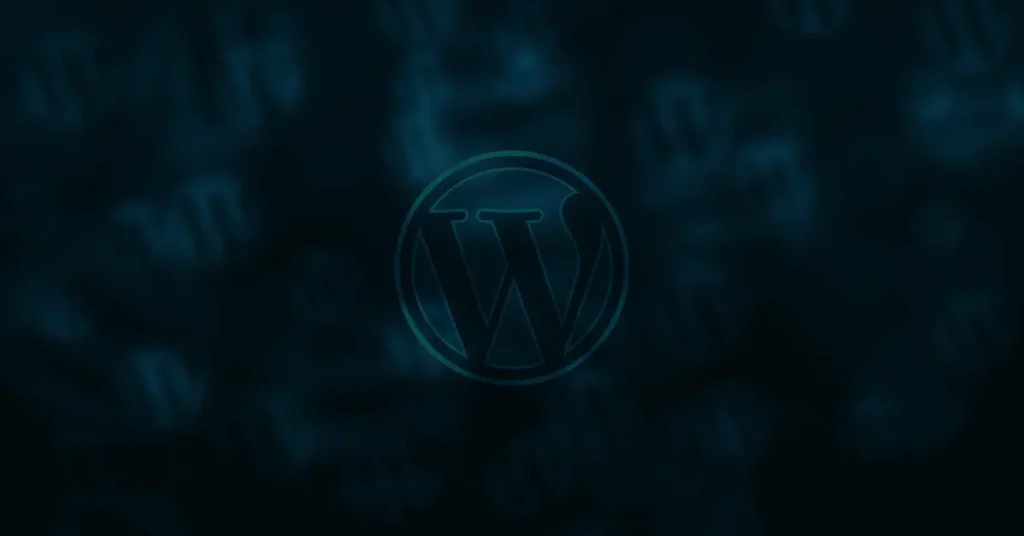How to secure your WordPress website from file inclusion attacks?
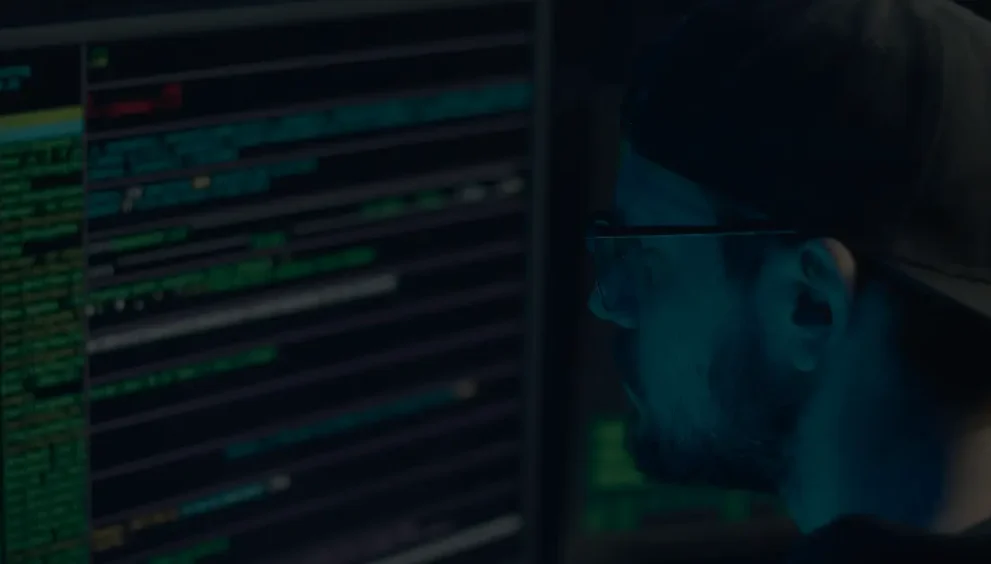
As the popularity of WordPress continues to grow, so does the need for robust website security. One of the common threats faced by WordPress websites is file inclusion attacks. These attacks exploit vulnerabilities in your website’s code to gain unauthorized access and execute malicious code. However, with the right security measures in place, you can safeguard your WordPress website from file inclusion attacks. In this article, we will explore effective strategies to secure your WordPress website and protect it from such attacks.
Introduction
In today’s digital landscape, where websites are under constant threat from hackers and malicious actors, it is crucial to understand the vulnerabilities that can be exploited. File inclusion attacks, also known as LFI (Local File Inclusion) and RFI (Remote File Inclusion), are methods used by attackers to manipulate a website’s code and gain unauthorized access. The consequences of a successful file inclusion attack can range from defacement of your website to theft of sensitive information.
Securing your WordPress website should be a top priority to ensure its integrity and protect your users’ data. By implementing the following security practices, you can significantly reduce the risk of file inclusion attacks and fortify your website’s defenses.
Understanding File Inclusion Attacks
Before diving into preventive measures, it’s essential to grasp the concept of file inclusion attacks. These attacks exploit vulnerabilities in web applications that allow the inclusion of files from the server’s file system. There are two primary types of file inclusion attacks:
Local File Inclusion (LFI): This type of attack involves exploiting a vulnerability that allows an attacker to include local files on the server. The attacker can manipulate the file path to access sensitive files, such as configuration files, system files, or user data.
Remote File Inclusion (RFI): In this attack, the attacker exploits a vulnerability to include files from remote servers. By manipulating the file path, the attacker can execute malicious code hosted on a different server, compromising the target website.
To protect your WordPress website from these attacks, it is crucial to understand the vulnerabilities commonly targeted by attackers.
Securing Your WordPress Website
Securing a WordPress website requires a multi-layered approach. Here are some essential steps you can take to strengthen your website’s security and mitigate the risk of file inclusion attacks:
1. Keeping WordPress and Plugins Up to Date
Ensuring that your WordPress core installation and plugins are up to date is vital. Developers often release updates to address security vulnerabilities and patch any weaknesses. Regularly check for updates and apply them promptly to keep your website protected.
2. Implementing Strong Passwords and User Roles
Weak passwords are an open invitation to attackers. Enforce strong password policies for all user accounts on your WordPress website. Additionally, assign appropriate user roles with limited privileges. This way, even if an attacker gains access to a user account, the potential damage is minimized.
3. Restricting File Permissions
File permissions play a crucial role in securing your WordPress website. Ensure that sensitive files and directories have the appropriate permissions to prevent unauthorized access. Restrict write permissions wherever possible, as this can prevent attackers from uploading malicious files.
4. Installing a Security Plugin
WordPress offers a wide range of security plugins that can bolster your website’s defenses. These plugins provide features such as malware scanning, firewall protection, brute-force attack prevention, and more. Install a reputable security plugin and configure it according to your specific needs.
5. Using a Web Application Firewall
A web application firewall (WAF) acts as a shield between your website and potential attackers. It filters incoming traffic and blocks malicious requests, protecting your website from various types of attacks, including file inclusion attacks. Consider implementing a WAF to provide an additional layer of security.
Best Practices for File Inclusion Attack Prevention
While securing your WordPress website is essential, it is equally crucial to follow best practices specifically tailored to prevent file inclusion attacks. Incorporate the following measures into your website’s development and maintenance process:
1. Sanitizing User Input
To prevent malicious file inclusion, always sanitize user input. Validate and sanitize any input received from users to ensure it does not contain any potentially harmful characters or file paths.
2. Implementing Input Validation and Output Encoding
Implement strict input validation measures to ensure that user-supplied data is safe and does not contain any malicious code. Additionally, apply output encoding to prevent any injected code from being executed on the website.
3. Using Absolute File Paths
When including files in your code, use absolute file paths instead of relative paths. Absolute paths ensure that the requested file is retrieved from the intended location, minimizing the risk of unauthorized access.
4. Employing a Content Security Policy
Content Security Policy (CSP) is a powerful tool that allows you to define and enforce the sources from which your website can load resources. By configuring CSP, you can restrict the inclusion of external files and mitigate the risk of file inclusion attacks.
Regular Backup and Disaster Recovery Plan
Despite taking all the necessary precautions, there is always a chance of a security breach. To minimize the impact of such incidents, it is crucial to have a reliable backup and disaster recovery plan in place:
Importance of Backups
Regularly backing up your website is essential to ensure that you can quickly restore it in case of a security incident or data loss. Backups provide a safety net and allow you to recover your website and its content with minimal downtime.
Creating Regular Backups
Set up an automated backup system that creates regular backups of your WordPress website. Store the backups in secure locations, such as external servers or cloud storage, to ensure they are not affected by any compromise on your hosting environment.
Testing the Backup and Recovery Process
Periodically test your backup and recovery process to ensure it is working as expected. Regular testing helps identify any potential issues and ensures that you can restore your website effectively when needed.
Monitoring and Intrusion Detection
Continuous monitoring and intrusion detection systems are essential components of a comprehensive security strategy. By implementing these measures, you can identify and respond to potential file inclusion attacks in a timely manner:
Installing Security Monitoring Tools
Utilize security monitoring tools that actively scan your website for vulnerabilities and suspicious activities. These tools can alert you to any file inclusion attempts or other security-related events, allowing you to take immediate action.
Setting up Intrusion Detection Systems
Intrusion detection systems (IDS) can help identify unauthorized access attempts and suspicious behavior on your website. Implement an IDS to detect and prevent file inclusion attacks in real-time.
Monitoring Logs for Suspicious Activity
Regularly review your website’s logs for any unusual or suspicious activities. Log analysis can provide valuable insights into potential security breaches or vulnerabilities that require immediate attention.
Educating Users and Admins
Educating both users and administrators about website security best practices is essential to create a culture of security awareness. Consider the following strategies to raise awareness and reduce the risk of file inclusion attacks:
Raising Awareness About File Inclusion Attacks
Educate your users about file inclusion attacks, how they can occur, and the potential consequences. Encourage them to report any suspicious activities or vulnerabilities they come across.
Providing Security Training to Users and Administrators
Offer security training sessions to both website users and administrators. Teach them about password security, recognizing phishing attempts, and the importance of keeping their devices secure. Regularly update the training materials to address new threats and vulnerabilities.
Conclusion
Securing your WordPress website from file inclusion attacks is a critical aspect of maintaining its integrity and protecting your users’ data. By following the best practices outlined in this article, you can significantly reduce the risk of file inclusion attacks and fortify your website’s security. Remember to keep your WordPress core, plugins, and themes up to date, implement strong passwords and user roles, restrict file permissions, and utilize security plugins and web application firewalls. Additionally, follow preventive measures such as sanitizing user input, implementing input validation and output encoding, using absolute file paths, and employing a content security policy. Regularly back up your website and test your recovery process, monitor for suspicious activity, and educate your users and administrators about website security. By adopting a proactive and comprehensive approach to security, you can ensure a safer online environment for your WordPress website and its visitors.
FAQs
FAQ 1: Can a security plugin completely protect my WordPress website?
While a security plugin can significantly enhance your website’s security, it is not a foolproof solution. It is essential to combine multiple security measures and follow best practices to ensure comprehensive protection against file inclusion attacks and other threats.
FAQ 2: What should I do if my website gets compromised despite security measures?
In the unfortunate event of a compromise, act swiftly to mitigate the damage. Take your website offline, restore it from a clean backup, thoroughly investigate the breach, and patch any vulnerabilities. Seek professional assistance if necessary.
FAQ 3: Is it necessary to use a web application firewall?
While not mandatory, using a web application firewall (WAF) adds an extra layer of protection to your website. A WAF can help detect and block malicious requests, minimizing the risk of file inclusion attacks and other security breaches.
FAQ 4: How often should I update my WordPress and plugins?
Regular updates are crucial to ensure that your WordPress installation and plugins have the latest security patches. Aim to update them as soon as new releases become available. Consider enabling automatic updates to streamline the process.
FAQ 5: Can I recover my website if I don’t have backups?
Without backups, recovering your website becomes significantly more challenging in the event of a security incident or data loss. It is strongly recommended to establish a robust backup system to safeguard your website’s data and ensure quick recovery when needed.

